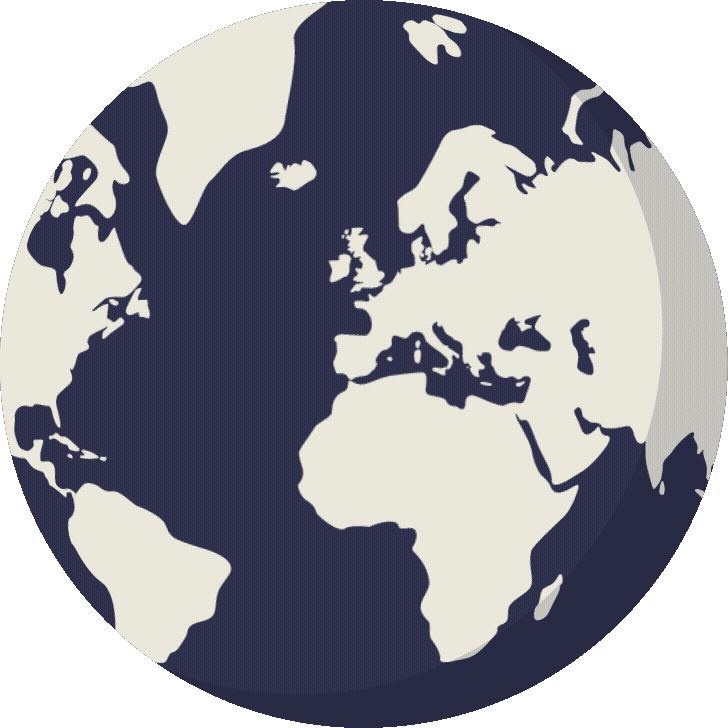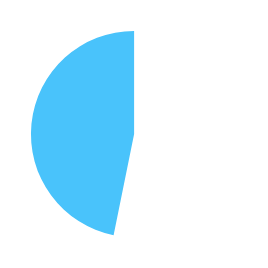
Your upcoming flight is experiencing extreme economic turbulence.
Story by Chrissy, Laurent, Robbie, Namuun



Navigating the New Normal
Many factors are impacting your next flight. Whether you’re taking to the sky for leisure or business, flying in a post-pandemic world is nothing like we’ve seen before.
Travelers and airline experts are reporting a slow return to pre-pandemic travel numbers but it's going to cost you.
What are these problems, why are they happening and what does the future of the airline industry look like going forward?
Flight & Industry Turmoil
Since the pandemic, there has been a dramatic shift within the industry, causing several different factors to change that directly impact you, the flyer. Before 2020, Air travel was characterized by reliability and affordability, serving as a preferred mode of transportation for millions globally. You could book a flight and make it to your destination with minor delays and schedule changes. Those are just mere memories now, the pandemic changed everything.
Skyward Concerns
During the pandemic, travelers are increasingly concerned about safety and reliability. There has been frequent news of various planes experiencing life-threatening issues such as engine fires, emergency landings, and wheel malfunctions.
After jumping through financial and convenience hurdles to get on the plane, flyers aren’t comfortable. Cutting costs shouldn’t mean sacrificing comfort or safety for passengers. These budget cuts aren’t cutting it.
Factors Driving Airfare Increases
Inflation
Airfare in the United States increased by 28.5% in 2022 with a 6.5% rise in inflation.
Not Enough Planes
New aircraft production delayed due to supply chain issues.

The Price of Oil
Due to the war in Ukraine, the price of oil has risen from $65 to over $100 per barrel in the past year.
Shortage of Pilots
83% of regional airlines are facing challenges in recruitment and training
Existing Conditions
Present-day flight cancellations are more frequent than ever. Flyers like Andy Kalmowitz are stranded in airports and out of money spent on things such as Uber and other costs when unpredictable changes occur in the industry. Planes malfunction every week, affecting the safety of everyone on board. One example is the Alaska Airlines malfunction, where a door fell off the Boeing plane mid-flight. Ticket prices are soaring despite sacrificing comfortable travel. According to CNBC, the consumer price index for airline tickets has shot up by 25%. Overall, the business is not running as usual. The employment rate severely affects many aspects of the industry.
HOW DOES THE EMPLOYMENT RATE AFFECT THE INDUSTRY?
Operational Efficiency
Customer Experience
Financial Performance
There needs to be adequate staffing
levels for smooth operations
and a shortage of these workers causes
disruption in the airline service.
Financial performance is directly related to the rate of employment as well higher employment rates lead to lower labor costs.
Customer service is very reliant on employment rates,
the quality of service is directly influenced by availability and competency of staff.
The Factors of Disruptions
With the emergence of the COVID-19 pandemic and its aftermath, the airline industry encountered unprecedented disruptions, leading to a cascade of challenges. Consequently, travel restrictions were imposed, causing a sharp decline in passenger demand and triggering financial turmoil for airlines. Airlines took action by grounding several old planes (about 150 planes), laying off or retiring pilots early as well as other staff.
On top of that, international wars and inflation caused complications like fuel costs sky rocketing, plane equipment and repairs being extremely delayed, and not keeping up with returning flight demands. IATA reports that the price of jet fuel has increased nearly 150% in the last year. Average airfare rose by 28.5%, while inflation rates increased by only 6.5%.
These complications result in reluctant leisure travelers and constrained business travelers. But statistics are showing a new trend...
Flight prices in the US are showing a downward trend compared to international flights.
Average airfare rose by 28.5%, while inflation rates increased by only 6.5%.

46.8%
53.2%
10%
Airline Tickets
Inflation Rates
Flight prices in the US have generally shown an upward trend, with
average airfare increased by 28.5% recently, outpacing inflation rates.
International flight prices departing from the US have increased by 10%, but they are lower than domestic flights, showing varied impacts on pricing dynamics in air travel markets.
Winds of Change
The future of air travel is still up in the air. In shaping a new chapter of navigating air travel, it is up to the resilient jet setter to, unfortunately, succumb to the changes and try to be flexible when it comes to the new norm of traveling. While flyers can advocate for a change in the industry, most problems are out of reach. Examples being lobbyists trying to reduce the number of pilots in the cockpit, the price of jet fuel, and global conflicts all impacting flight reliability. Have no fear, The future of flying is upon us.
Accepting New Reality?
The airline industry reflects society and global conflicts and is being impacted just as much as the consumer. Going forward, knowing the changes within the industry may not be the deciding factor of your flight status, but it can change your treatment and the patience of employees and help you prepare for sudden, unpredictable changes.
If you would like to advocate for a change, you can visit Change.org to see the various petitions that consumers have made to help drive change in the industry. You could also contact the U.S. Dept. of Transportation with your personal stories to request actions and bills to be made on the safety and reliability of airline transportation. The sky is the limit!



